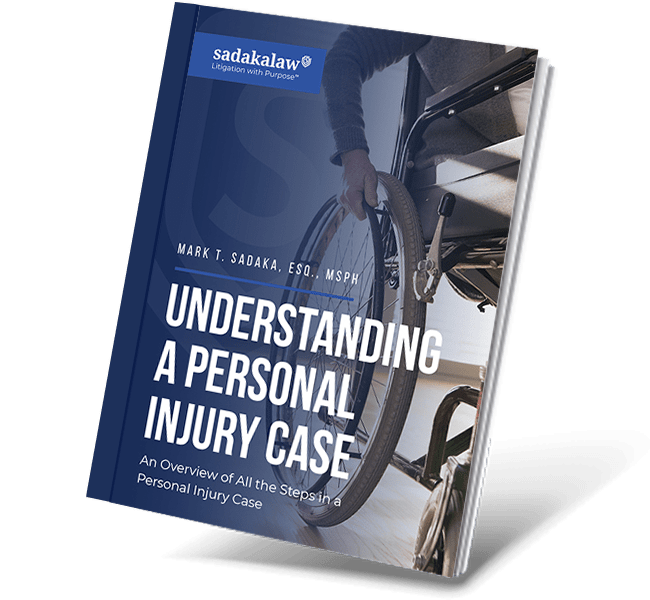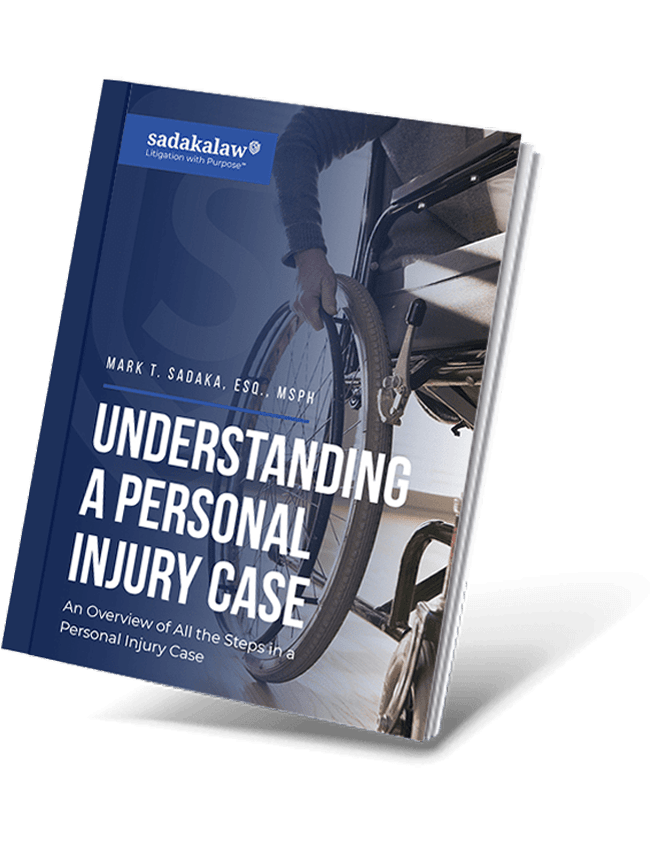
For the first time in recent history, the United States actually shortened life expectancy figures – just by two months, but two months too many – due in sole part to the opioid epidemic.
Think about people you know personally: family, friends, coworkers, current and former classmates, etc. Include yourself. Do you recognize any opioid or opiate addictions or dependencies?
If not, consider your circle lucky. However, far too many successful, religious, and otherwise non-drug-using Americans have succumbed to the power of legalized prescription opioids, without anybody even knowing so.
What Is The Opioid Epidemic?
Around 1800, a chemist isolated morphine for the first time. Over the next 90 years, morphine abuse became common among Americans. Soldiers abusing it in the Civil War earned the diagnosis of “Soldier’s Disease” once they returned home – none other than an addiction to opioid morphine.
Heroin, chemical name diacetylmorphine, was synthesized by Bayer around 1895. It was billed as a nonaddictive alternative to morphine. As it turns out, heroin was just as addictive.
Throughout the 1900s, the only opioids available were prescription opioids from doctors. Unfortunately, they all shared highly addictive qualities. Around 1990, Purdue Pharma placed oxycodone – another opioid, first found around 1940 – into an extended-release tablet.
Its name? OxyContin.
Billed as a nonaddictive – at minimum, a not-nearly-as-addictive alternative to other opioids, it turns out OxyContin was just as addictive as heroin. See a pattern?
In 2010, Purdue modified OxyContin to make it significantly more difficult to abuse. When opioid users couldn’t get OxyContin brand oxycodone, prices then twentyfold cheaper than today’s opioid painkillers deferred from prescriptions to the street, both illicit heroin and overdoses skyrocketed.
Since 2012, doctors have begun to prescribe opioids significantly less frequently, and in much smaller doses. Where did the opioid abusers go? To heroin. And, as a result, many went to the grave.
In a nutshell, that’s the opioid epidemic.
The question remains…how did Purdue manage to repeat the history of providing the world with a very addictive opioid, even though sensible people should have recognized the company’s fault in billing OxyContin as safer than other opioids?
By unloading millions of dollars on the lobbying, marketing, and bribing of bigwig decision-makers to help perpetuate the legal sale of prescription opioids. Put simply: drugmakers promoting opioids screwed America.
Here’s The Scoop
A congressional report authored by Missouri Senator Claire McCaskill proved that the pharmaceutical industry’s opioid powerhouses paid millions upon millions of dollars to groups advocating for sufficient treatment of pain. The payments started at least as early as 2012 – when doctors were urged to start prescribing them less due to the beginnings of the opioid epidemic – and targeted people highly prone to becoming addicted and/or dependent on opioids.
Remember Purdue Pharma? They paid out a whopping $4.7 million to a few patient advocate groups over five years from 2012 to 2017 to urge doctors to keep prescribing high quantities of high-dose opioid painkillers.
The Opioid Epidemic Is Far Worse Than Just $4.7 Million Spent To Pull Strings To Encourage Increased Opioid Prescription-Writing…
Insys Therapeutics now-former CEO John Kapoor was criminally charged in October 2017 for offering both bribes and kickbacks to organizations in exchange for prescribing fentanyl spray Subsys for unauthorized, off-label uses.
Further, research indicated that Insys Therapeutics handed over a whopping $2.5 million – though such an amount truly is paltry to the opioid giants – to patient advocacy group U.S. Pain Foundation in recent years.
This is yet another instance of drugmakers promoting opioids.
Learn more about Drug Safety Lawsuits.


